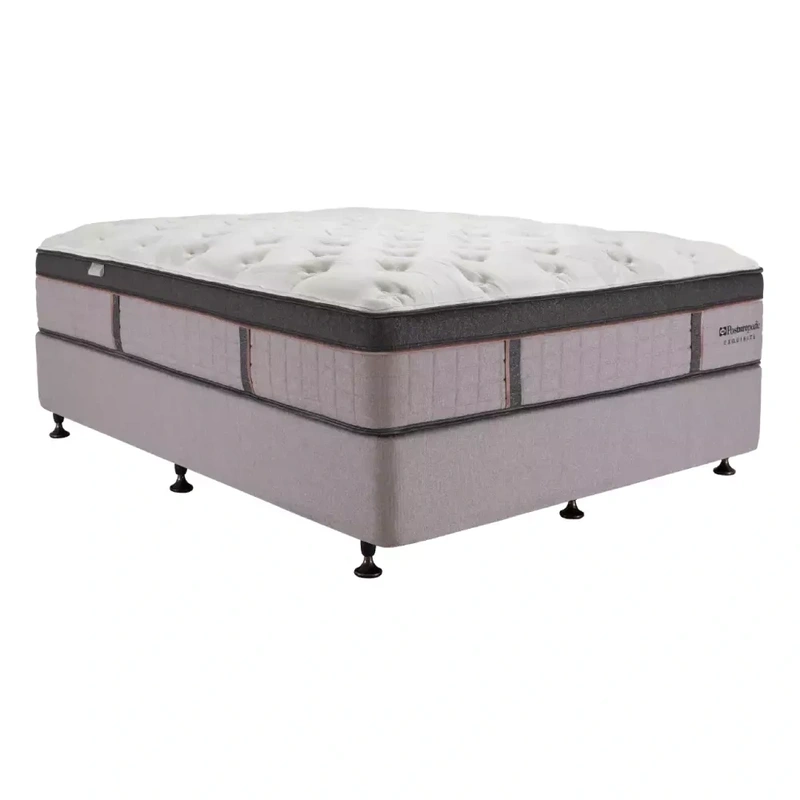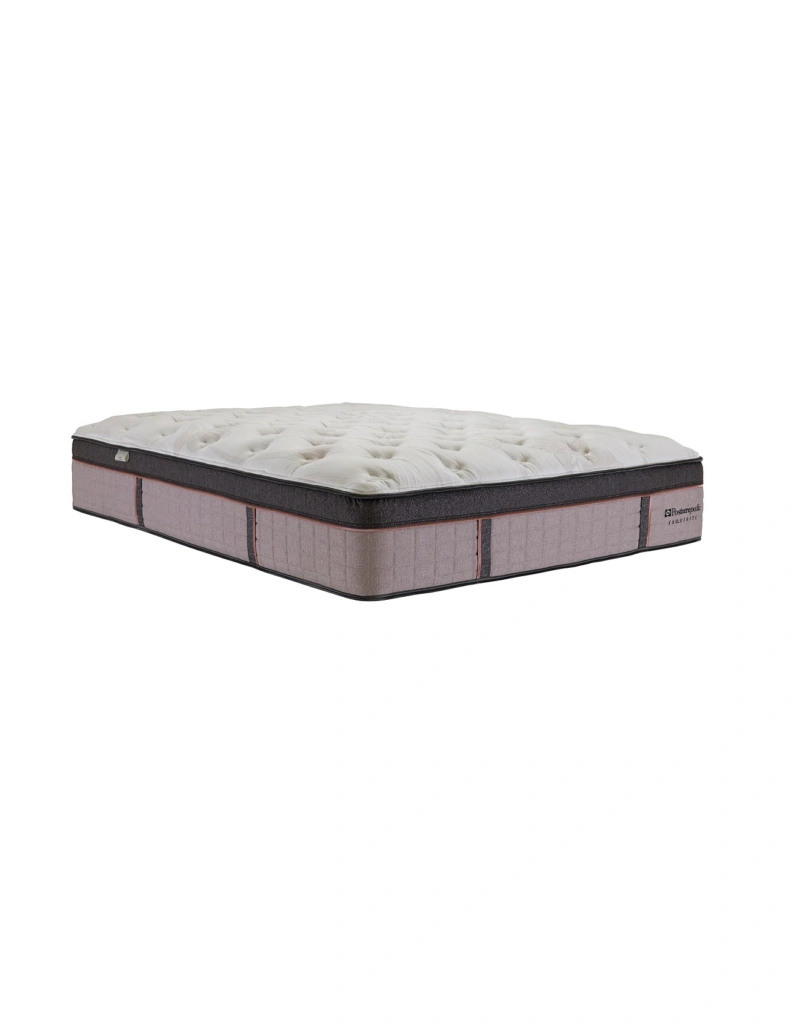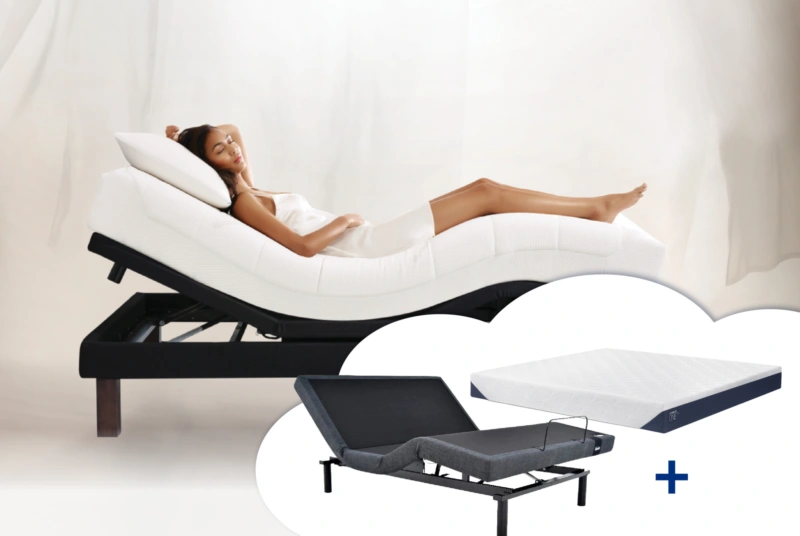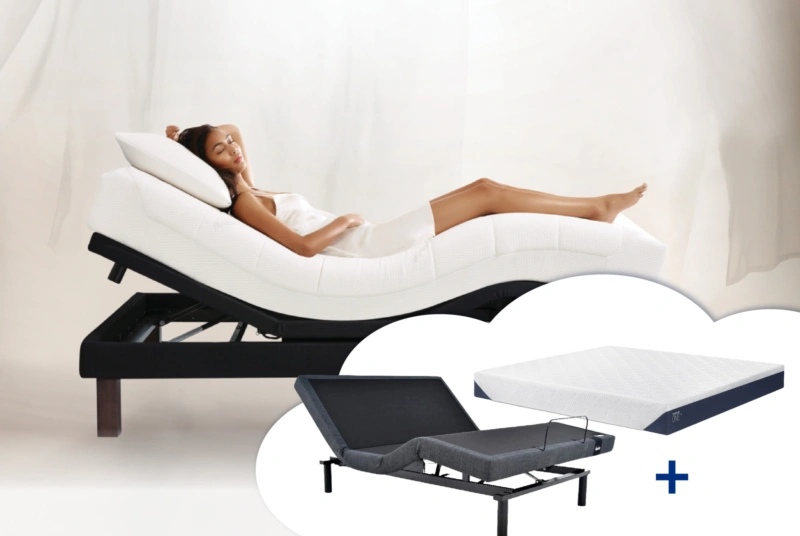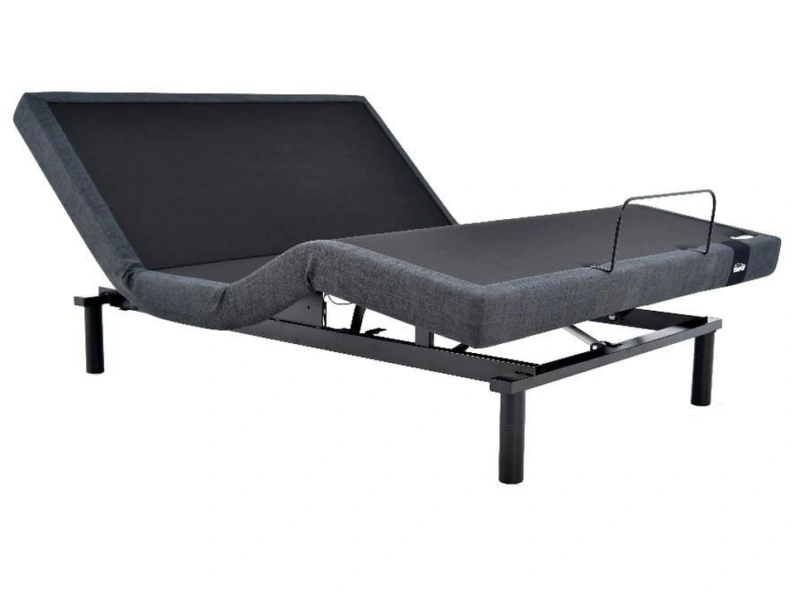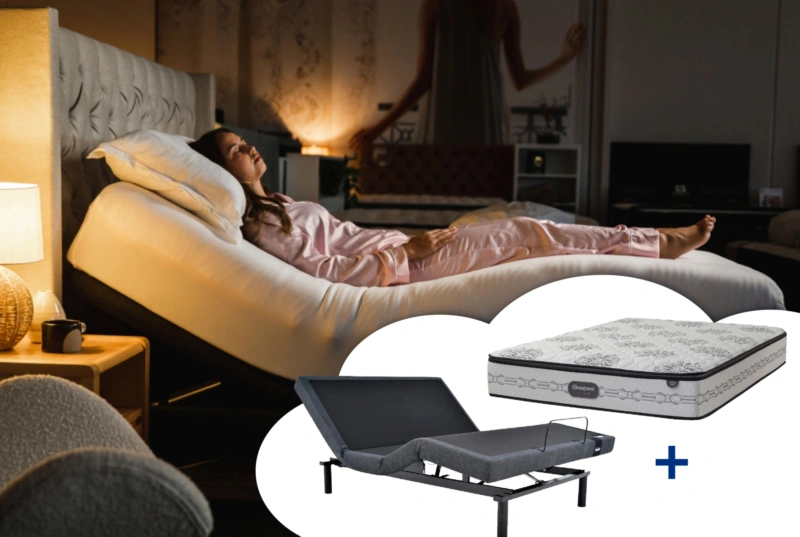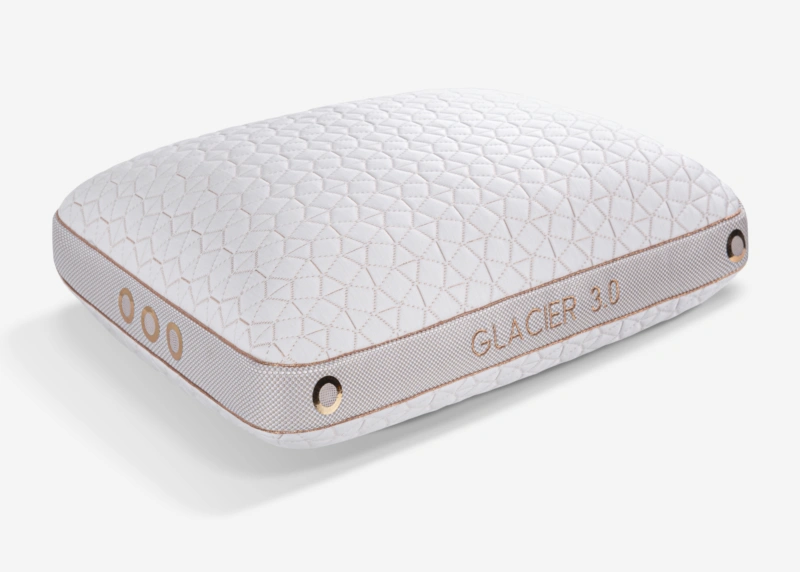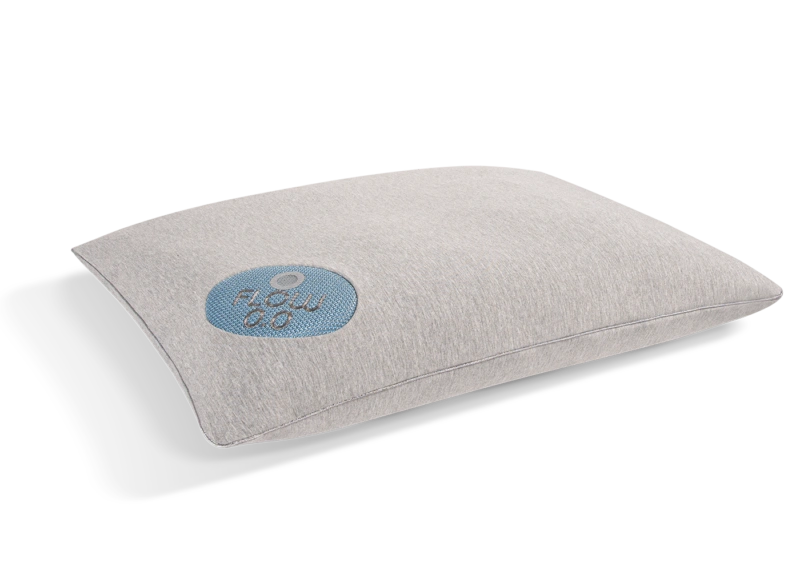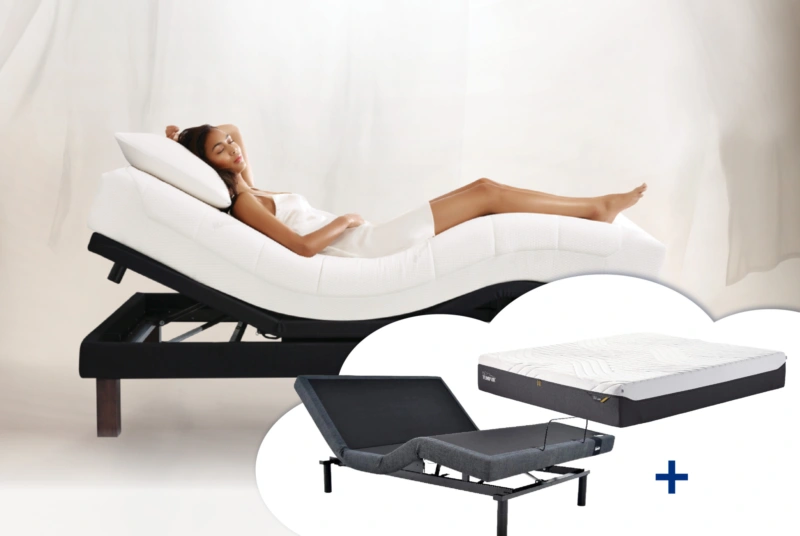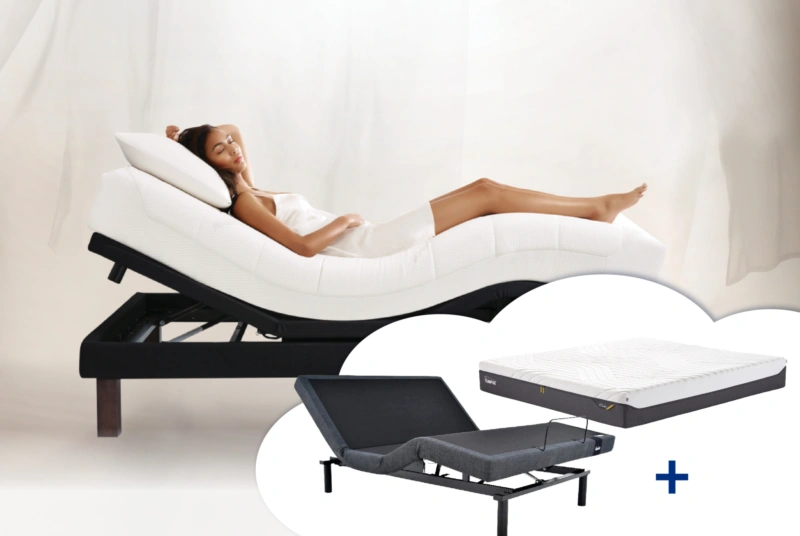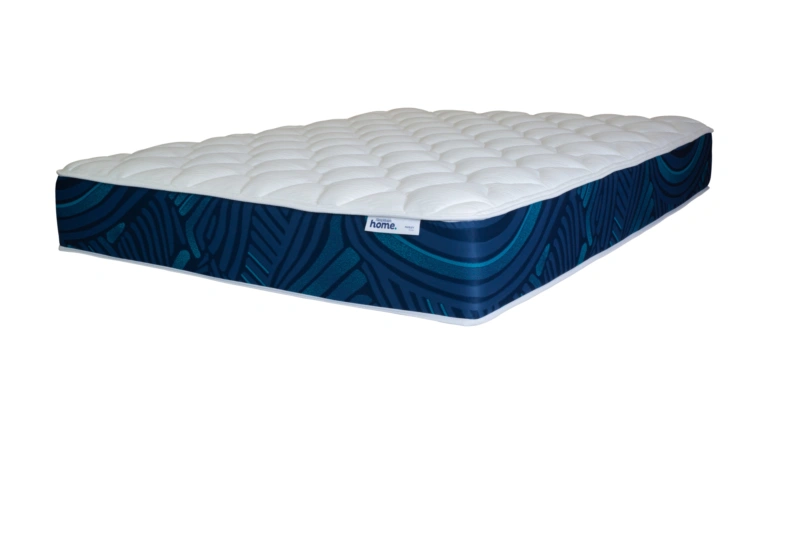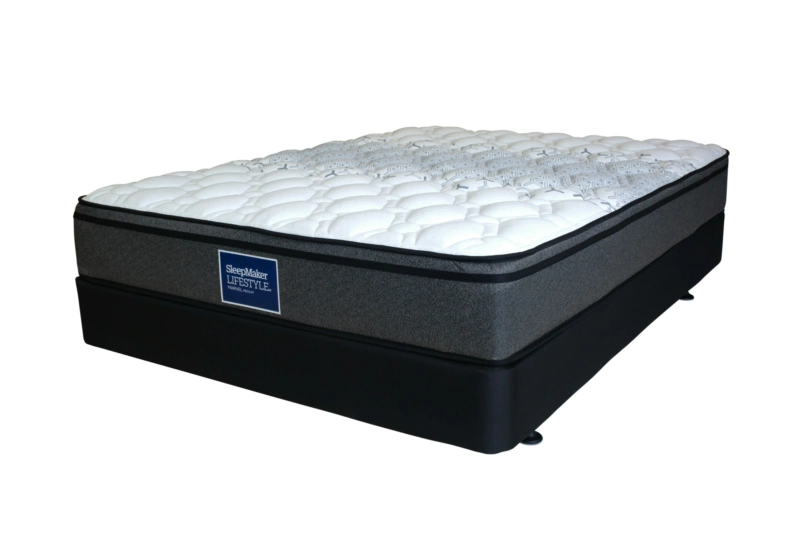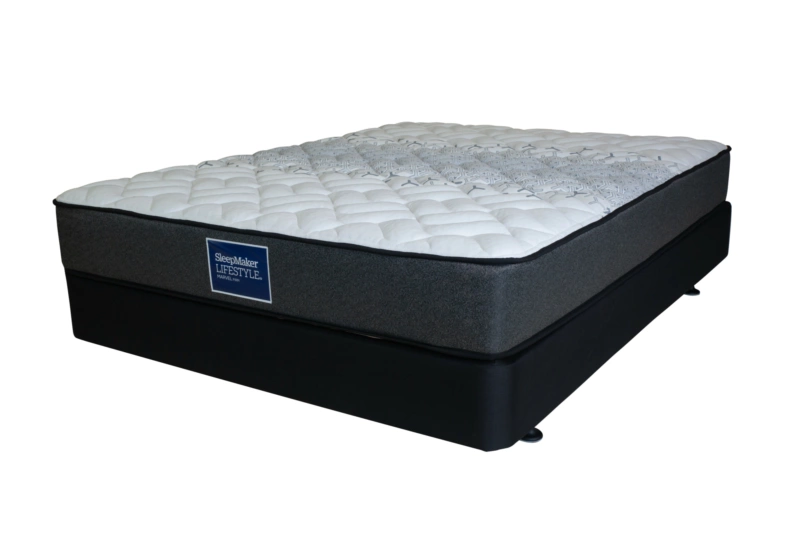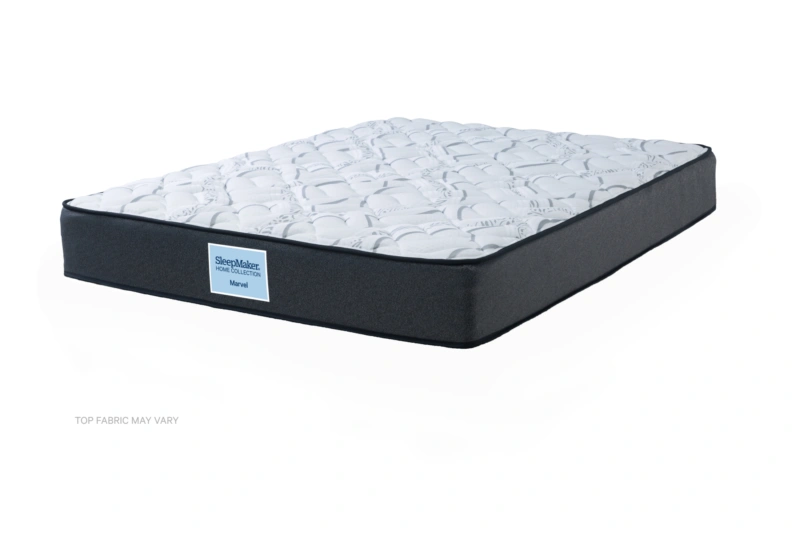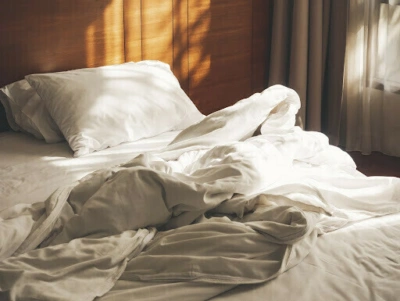
What is the best material for bed sheets?
Given that you spend at least a third of your life in bed, your sheets should be as comfortable for you as possible! There are several different options for sheet fabrics, at a wide range of prices. Here’s your guide to choosing the right sheet material for you.
Sheet material types
Cotton
Cotton is known for its breathability and classic feel as a sheet material. There are several types of cotton used for sheets:
o What is Upland cotton?
Unless you see Egyptian or Pima on the label of your 100% cotton sheets, you are likely buying Upland cotton. Upland is the most widely grown cotton in the world and is used for the majority of standard sheets and cotton clothing. The main advantage of Upland cotton sheets is that they are cheaper than Egyptian and Pima. However, they are made of shorter fibres and are therefore more likely to break from the weave, causing pilling and a coarser texture over time.
o What is Egyptian Cotton?
Egyptian cotton sheets are made from handpicked cotton grown in Egypt (which has the perfect climate for growing premium cotton). There is less stress on the raw materials during the handpicking process compared to machine-harvested cotton, so the fibres remain extra-long, resulting in a softer fabric that is less likely to pill. Egyptian cotton sheets have become well known for their luxurious feel and durability. While it is expensive, Egyptian Cotton is definitely one of the best sheet materials you can buy.
o What is Pima cotton?
Pima is a specialty cotton primarily made in Peru. The fibres are very long, strong and flexible, which makes for very soft and durable sheets. Pima sheets are also rather expensive but are usually slightly cheaper than Egyptian cotton.
o What is Microcotton?
MicroCotton is an innovative long-staple cotton grown in India and specially processed to make it extra absorbent. Microcotton can be as much as 250% more absorbent than upland cotton, making it an ideal sheet material for people who get night sweats.
Linen
Linen sheets are made from flax plant fibres. They are lightweight with excellent breathability. Linen lasts longer and is stronger than most natural fabrics, and it becomes softer with every wash. Linen does wrinkle easily, which can be a disadvantage if you like a finessed bedding look.
Silk
Silk is made from ultra-fine fibres produced by silkworms. It is possibly the most luxurious bedsheet material. Silk is hypoallergenic and offers low heat conduction to keep you cool in summer and warm in winter. The durability and softness of silk sheets depends on the momme count, which refers to the weight and thickness of the silk. You should look for a momme count of 19-33 for high-quality silk sheets.
Flannel/flannelette
Flannel sheets are usually made from either brushed cotton or synthetic micro flannel; cotton is the more breathable option. The fabric gets its fuzzy feel and warmth from a manufacturing process called napping, where the fabric is rolled across bristly steel cylinders. This causes tiny fibres to break loose across the surface, and these raised fibres trap heat and keep you cozy all night long. Flannelette tends to mat and pill easily over time.
Bamboo
Bamboo is an ideal hypoallergenic, antimicrobial sheet material for people with sensitive skin. It feels soft, has excellent moisture-wicking and temperature regulating abilities and offers as much breathability as cotton.
Polyester
Polyester is a synthetic material that can mimic the look of most types of natural fabric. It is very durable and has moisture-wicking properties, but is less soft or breathable than natural sheet material. That said, it is very easy to clean in your washer and dryer, and is usually the most affordable sheet fabric option.
Polycotton sheets are a blend of polyester and cotton fibres; the polyester adds durability and stain resistance to the cotton sheets, making them ideal for hospitals and kids' bedrooms.
Sheet material weave
It’s not just the fabric that determines the feel of your bedsheets; the weave also affects how soft and durable your sheets are.
Percale weave
Percale weave is the most common weave for sheets and is comprised of tightly-woven threads in a grid-like pattern.
Combed cotton weave
Sometimes, manufacturers comb Upland cotton to make it softer and more durable. Combing cotton removes the shorter fibres, leaving only the longer ones that are less likely to break over time. Combed cotton is a cheaper way to get the feel of Egyptian cotton.
Cotton sateen weave
Sateen weave cotton has more threads on the top surface of the sheet than underneath. It is less durable than tighter weaves but many people love the silky feel of cotton sateen.
Sheet thread count
What is thread count?
Thread count refers to the number of threads woven into each square inch of material. Sheet thread counts range from 80-1000, with most cotton sheets sold in New Zealand sitting between 250 and 400.
What is the best thread count for sheets?
Thread count is a useful indicator for cotton, but not necessarily for other sheet materials. Cotton thread counts of 400 or higher result in very soft, luxurious-feel sheets that will take many years to pill or become coarse. The highest thread count for linen is usually 150, and silk quality is measured in momme rather than thread count.
Hopefully, this guide has helped you decide which type of sheets is best for you! If you would like to know how your pillows, mattresses and mattress toppers can take the comfort, temperature regulation, health benefits and durability of your favourite sheet material to the next level, get in touch with the Bedpost team for helpful sleep advice.

